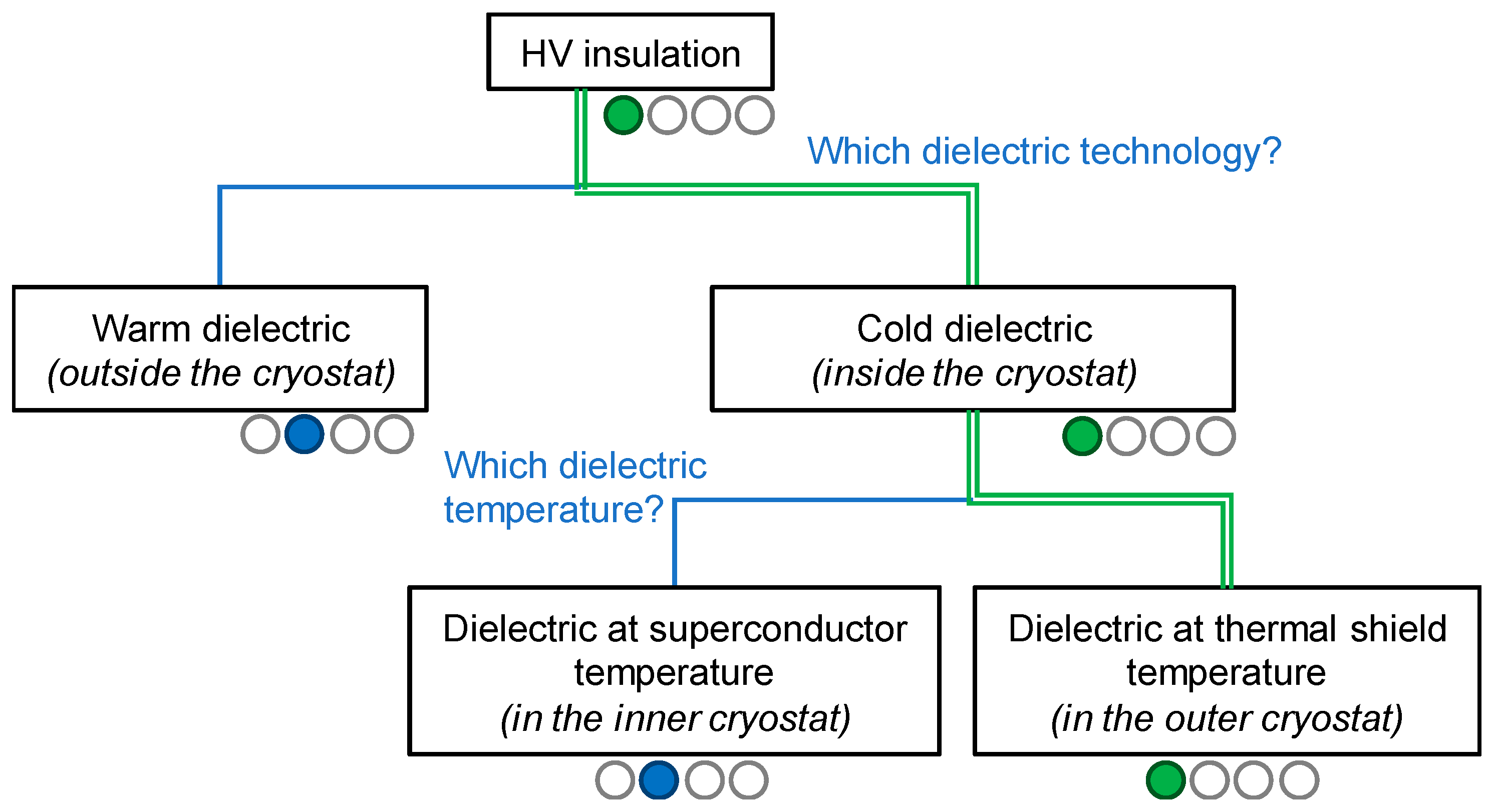Yba2cu3o7 ceramic superconductor below its critical temperature.
Ceramic superconductor room temperature.
2 2 1 contamination and stability of the yba2cu3o7 x superconductor 2 ceramic superconductors can be prepared using an oxalate precursor 3 4 which can be transformed to the superconducting oxide by sintering and annealing.
As of 2020 the material with the highest accepted superconducting temperature is an extremely pressurized carbonaceous sulfur hydride with a critical transition temperature of 15 c at 267 gpa.
A room temperature superconductor is a material that is capable of exhibiting superconductivity at operating temperatures above 0 c that is temperatures that can be reached and easily maintained in an everyday environment.
Even the most advanced superconductors such as the ones using copper oxide based ceramic materials can only work at temperatures below 140 c.
However the successful experiment is proof that such a thing is possible the team suspects this is because the pulses from the laser cause individual atoms in the crystal lattice structure of the ceramic to shift momentarily which increases the superconductivity of the material.
A keithley 199 system dmm scanner was used to measure the voltages.
Daniel duan first discovered by dutch physicist heike onnes in the early 20th century superconductivity is a rare phenomenon observed in metallic materials where its resistance to electrons flow was lost at extremely low temperatures such as near absolute zero.
In 1986 a pair of physicists found that in different materials copper oxide ceramics superconductivity set in at a higher critical temperature or t c of 30 k.
Instead of increasing the critical temperature tc of a superconductor the temperature of the room was decreased to an appropriate tc value.
That s a very very brief lifespan for our amazing new room temperature superconductor.
Thus room temperature working superconductors can impact this industry immensely.
The discovery of the high t c lanthanum copper oxide and yttrium barium copper oxide ceramic materials class of superconductors represented a milestone that greatly boosted optimism that a room temperature superconductor was a realistic goal although with this class of materials the quest seems to have stalled with the t c 140 c record ambient pressure superconductor hgba 2 ca 2 cu 3 o 8 x.
Then in late 1986 and early 1987 a group of researchers at ibm s zurich laboratory found that certain ceramic oxides can be superconductors at temperatures as high as 92 k crucially over.
These were made of yttrium barium copper oxide a ceramic material with a critical temperature of around 166 degrees c.
The superconductor itself purchased from colorado superconductor inc is pre equipped with a six point probe necessary to measure its tc discussed further below.
Superconductivity at room temperature have scientists finally achieved the impossible.

